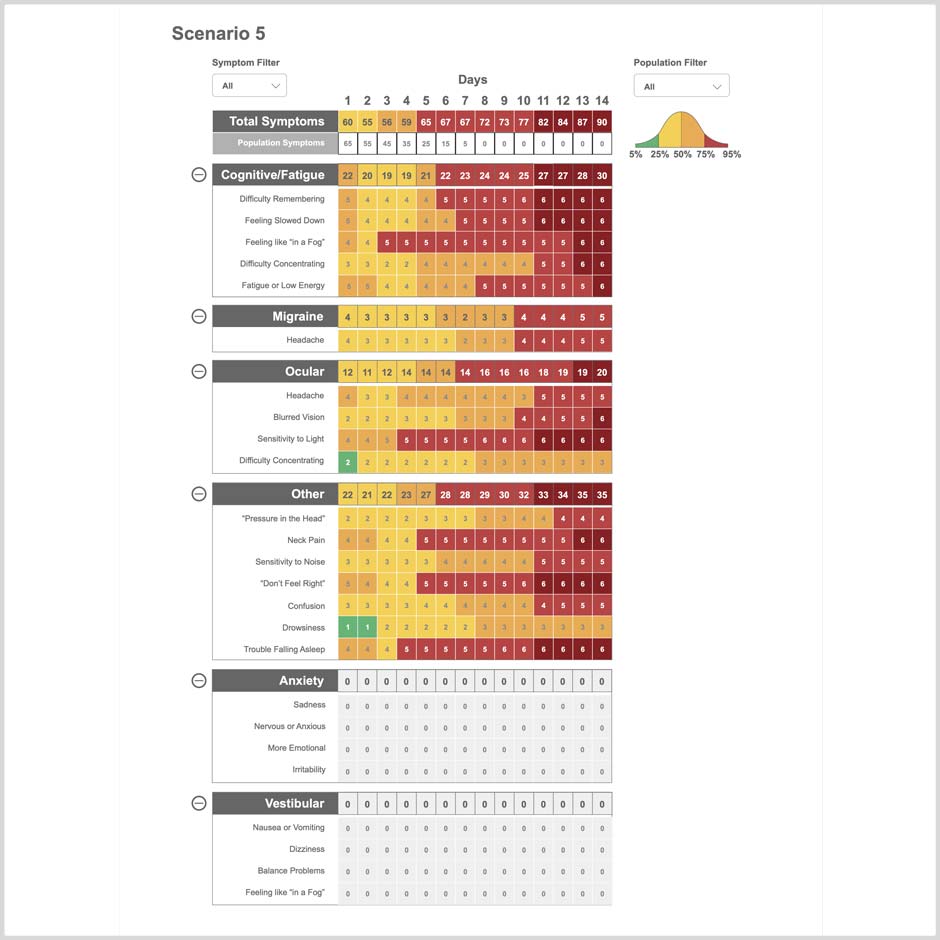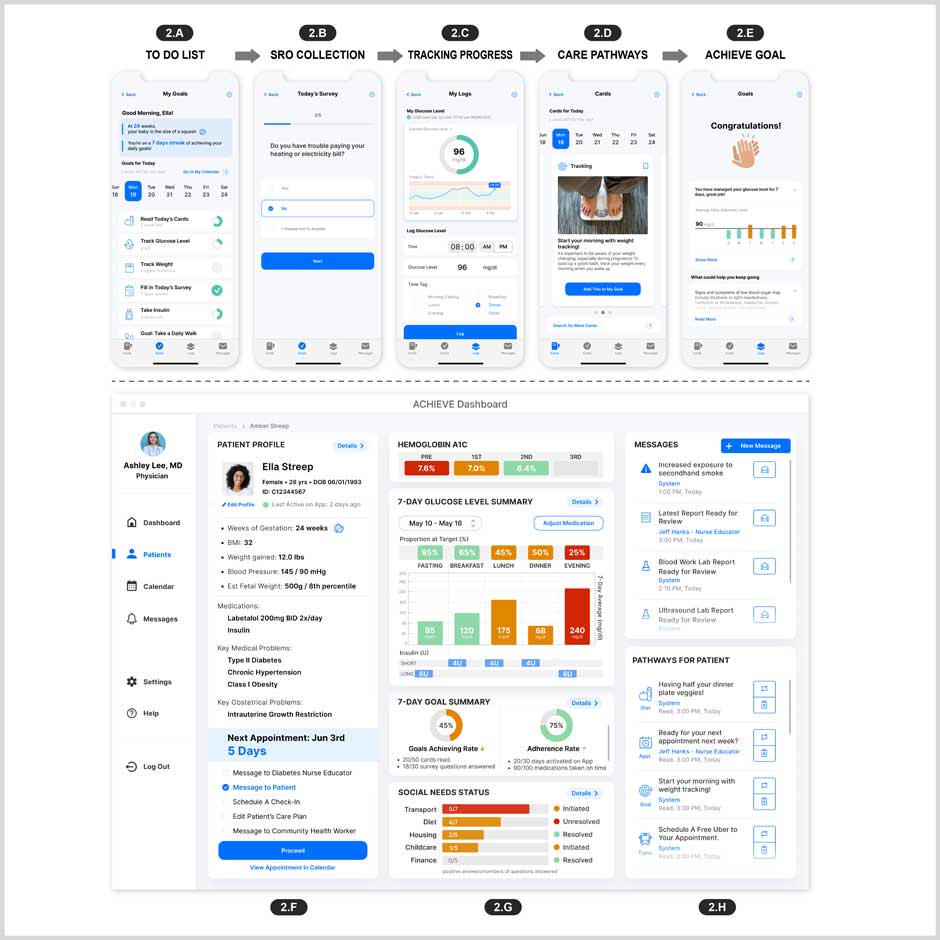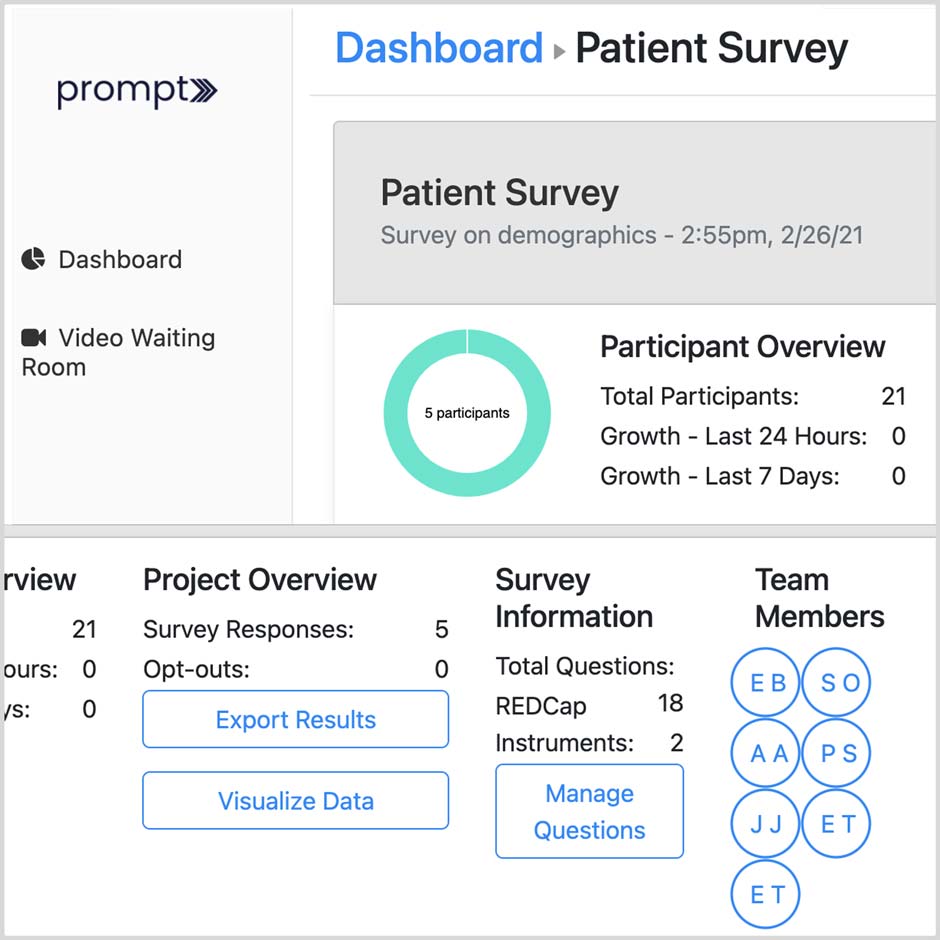What are Usability Assessments and Qualitative Assessments?
Usability assessments focus on how well users can learn and use a product to achieve their goals. Other qualitative assessments may be used to tell a story about the user or demonstrate key themes such as detailed descriptions of people, events, situations, interaction and observed behaviors.
These assessments are helpful for diagnosing the state of a product, validating the design of a product or understanding where resources should be spent when improving a product.
How do usability assessments and qualitative assessments improve research?
Investing in usability and qualitative assessments allows the design and research team to understand, validate and create positive user experiences for the people that we are engaging with. Providing a great user experience removes barriers to utilization, prevents attrition and facilitates data collection.
Purpose
Usability
assessment
Watch people use a system to discover its shortcomings
Qualitative assessment
Interview users in-depth to understand their feelings and goals
Heuristic
evaluation
Evaluate a system against usability best practices
RIT's approach

Establish testing criteria and goals
Experts from College of Medicine Research Information Technology meet with researchers to learn about their aims for their project. By understanding the research goals, RIT will be able to identify key tasks and questions when talking with users.

Create assessment
RIT designs assessments that target key tasks in a system, encouraging participants to share their thoughts as they learn how the system works. As representative users complete the tasks, patterns emerge that speak to the system's utility, usability and desirability, informing focused redesign efforts.

Implement test plan
RIT has met with users both in-person and remotely, testing on computers, tablets and phones. We meet users where they are, and record the conversation in order to review what happened in more detail.

Analyze findings and compose report
After conducting an assessment, RIT summarizes their findings for key stakeholders. We also translate findings into action items and specifications documents for development teams, ensuring that insights from the user-centered design processes are carried through deployment.



